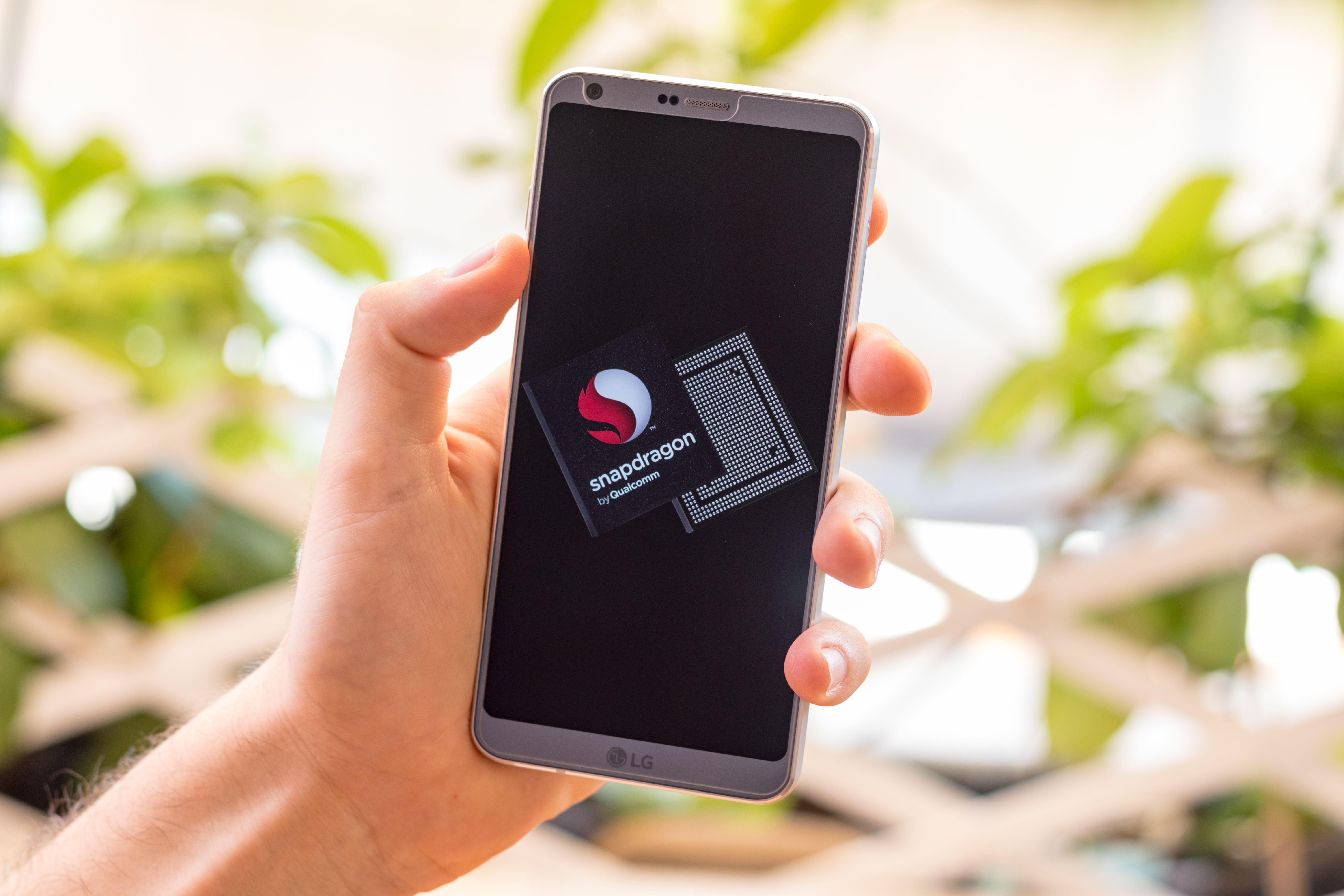Qualcomm pushes 4G chipsets citing ‘ongoing demand’
Although 2020 may be the year of 5G, new chips show there’s plenty of juice left in its predecessor


Qualcomm has launched three new Snapdragon mobile chipsets that slot into its 4G lineup, with the aim of targeting parts of the world where demand continues to rise.
Industry giants, businesses and consumers alike are waiting with bated breath to see what 2020 has in store for 5G networking and supported devices. The expansion of Qualcomm’s 4G repertoire, however, suggests demand for the preceding networking technology remains strong, especially in developing areas of the world.
The Qualcomm Snapdragon 720G, 662 and 460, set to be released over the course of 2020, are designed to offer fast 4G speeds, alongside support for forthcoming Wi-Fi 6 technology as well as Bluetooth 5.1.
The platforms supporting the hardware will also feature the company’s AI technology to improve the performance of software-supported features in mobile phones like photography and voice assistants.
“While we see a fast adoption of 5G across geographies globally, we do recognize the phenomenal boost that 4G has given towards enabling broadband connectivity for Indian consumers,” said Rajen Vagadia, vice president and president of Qualcomm India Pvt Ltd.
“4G will continue to remain a focus area for Qualcomm Technologies for regions like India, where it will stay a key technology for connectivity.
“Our goal is to enable our partners to continue creating solutions that offer seamless connectivity access and exceptional mobile experiences, that consumers can count on.”
Get the ITPro daily newsletter
Sign up today and you will receive a free copy of our Future Focus 2025 report - the leading guidance on AI, cybersecurity and other IT challenges as per 700+ senior executives
The 8nm-sized Snapdragon 720G, purpose-built for mobile gaming, supports faster download speeds of up to 800Mbps, with Qualcomm also claiming that in-built technology doubles Wi-Fi speed and range to better support online gaming and streaming.
The Snapdragon 662, meanwhile, is geared towards supporting AI-powered camera software, with the platform supporting triple camera configurations and the smooth cycling between lenses. Its modem will also support peak download speeds of up to 390Mbps.
Finally, Qualcomm’s Snapdragon 460 promises general performance improvements across connnectivity, AI and camera support.
The expansion of 5G technology is certain to continue through 2020, with adoption expected to rise as networking infrastructure is rolled out further and more 5G-supported devices are released into the market.
Indeed, Qualcomm has been at the heart of manufacturing 5G-supported technology over the last couple of years, for example revealing the Snapdragon X55 5G modem chip at Mobile World Congress (MWC) last year.
However, here’s a continued focus on expanding 4G capabilities not just from companies like Qualcomm, but mobile network operators such as Three in the UK. The network operator, for instance, launched plans last year to improve existing 4G networks with an L-band infrastructure rollout.
How widespread 5G becomes may also be subject to a degree of disruption with regards to the role Huawei will play in building the infrastructure, given the US is currently locked in a trade war with China.
American delegates, for instance, tried to discourage the UK government from using Huawei technology in 5G networks last week, suggesting it would be detrimental to national security. The prime minister Boris Johnson, however, initially rebuffed these demands, countering that Huawei critics should offer alternatives to the Chinese networking firm’s technology.

Keumars Afifi-Sabet is a writer and editor that specialises in public sector, cyber security, and cloud computing. He first joined ITPro as a staff writer in April 2018 and eventually became its Features Editor. Although a regular contributor to other tech sites in the past, these days you will find Keumars on LiveScience, where he runs its Technology section.
-
 Should AI PCs be part of your next hardware refresh?
Should AI PCs be part of your next hardware refresh?AI PCs are fast becoming a business staple and a surefire way to future-proof your business
By Bobby Hellard Published
-
 Westcon-Comstor and Vectra AI launch brace of new channel initiatives
Westcon-Comstor and Vectra AI launch brace of new channel initiativesNews Westcon-Comstor and Vectra AI have announced the launch of two new channel growth initiatives focused on the managed security service provider (MSSP) space and AWS Marketplace.
By Daniel Todd Published